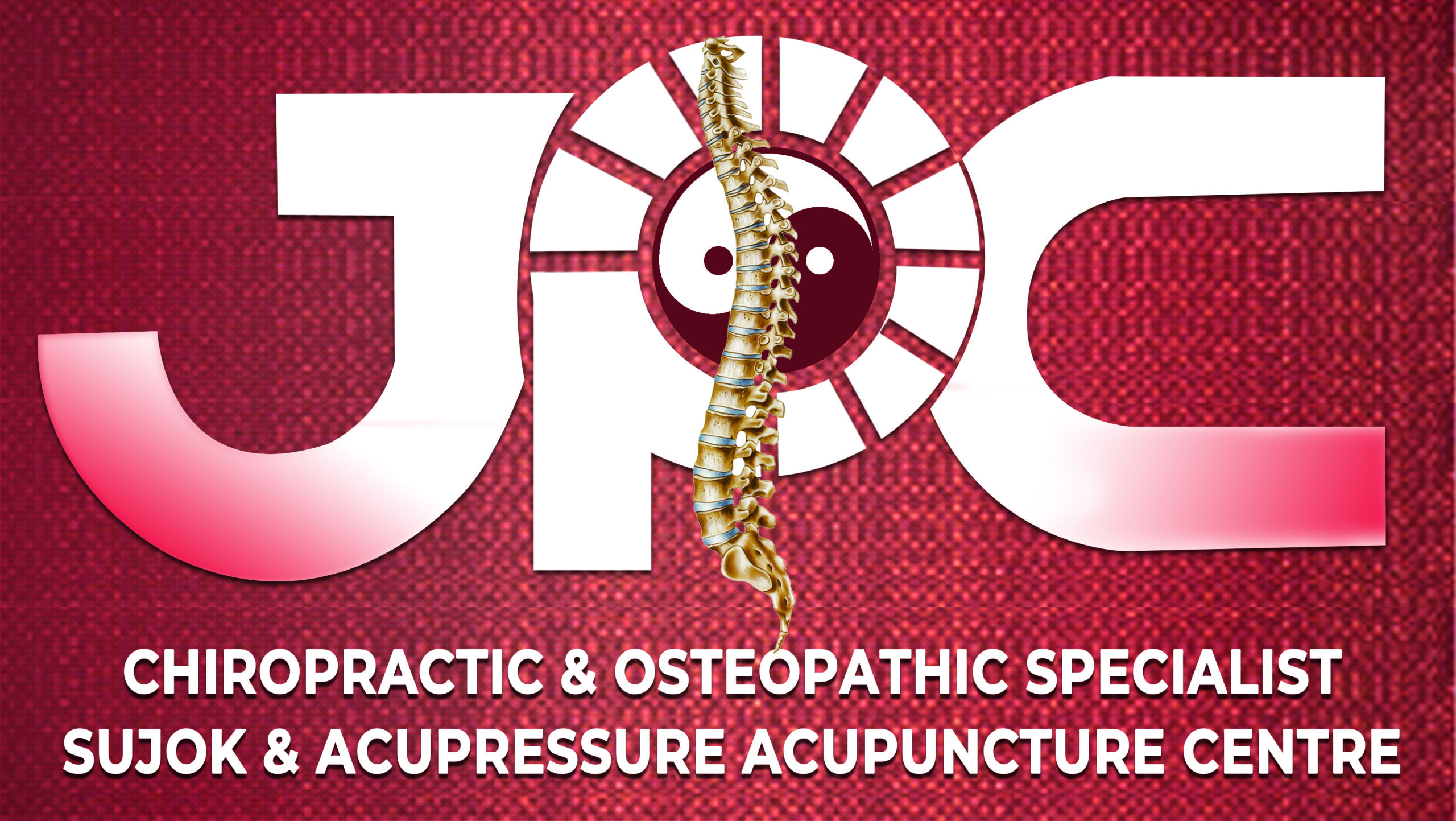Sciatica pain is a common condition that is characterized by pain that radiates along the sciatic nerve, which runs from the lower back down to the feet. This condition can be incredibly debilitating and can have a significant impact on one’s quality of life. We will explore the symptoms and treatment options for sciatica pain, helping you gain a better understanding of this condition.





